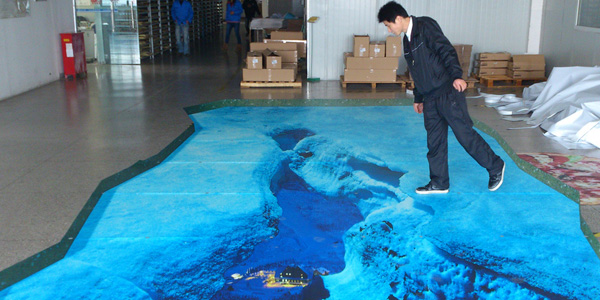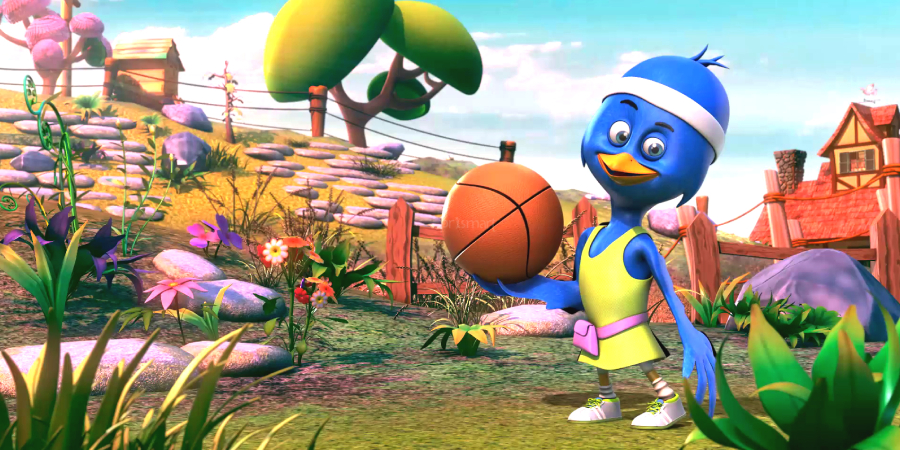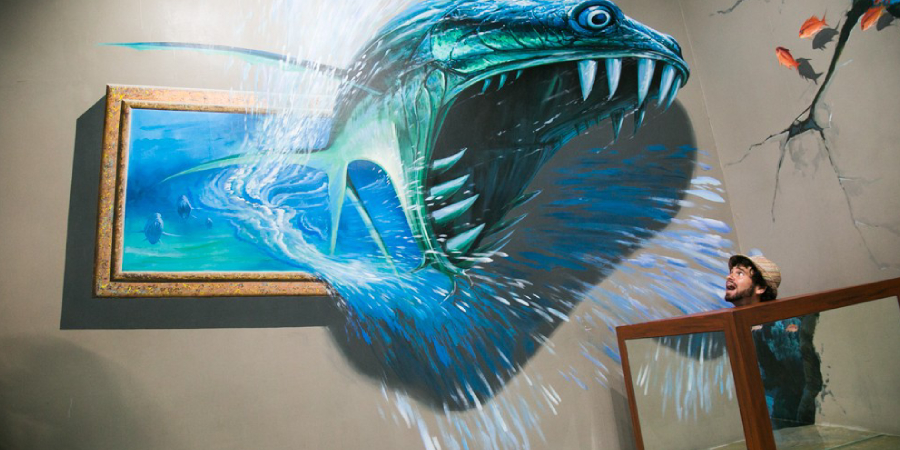
“The essence of all art is to have pleasure in giving pleasure” quotes Dale Carnegie. It is the pencil or pen which speaks it all. The best part of an artwork is that it is easily understood by every age group. One doesn’t need to possess expert knowledge on it. Only a pencil and a paper can do the needful. It is also important to have confidence in the works you do. In this present world, since the artist profession is paid less it is very difficult to reach the target audience. One doesn’t take time to go watch an exhibition or an art gallery. So it has become a difficult job for the artists to portray their talents.
There are different types of paintings available like Still Life Photography, Contemporary art, Photorealism, Visual art, Expressionism, Landscape Painting/Plein Air Painters, Paintings, Pop out Paintings, Figure painting, Mural Painting, Visual art created in public locations, Chinese Painting, Korean Painting, etc. One of the popular one is 3D artwork. It is a form of drawing which has taken this field to a greater level. Some artists like Ramon Bruin and Alassandro create wonderful drawings which creates an impact to the audience by using a blend of various shading techniques like air brushing, flawless perspective, etc. There are few techniques and guidelines which has to be followed.
3D drawing techniques and guidelines
The first step which one learns in a 3D class is to construct a sphere by highlighting/shading the region away from the source of light. It is important to make sure that the region which is exposed to light is shaded lightly. The drawing progressively becomes darker as the light gets faded. If the artist plans to take a picture of his/her drawing, he/she should keep in mind the actual light with which they are working. The artist should also take into consideration the aspect of how the lighting would affect the drawing. By doing so, the drawing would be realistic and it will have a better 3D effect. Finally, make sure you have deeply studied the texture of the object as it will be greatly influenced by lighting.
Perspective
It is the most important feature for any drawing. It follows a simple rule which states “objects which are far, appear smaller and the objects which are near, appear bigger”. Consider your standing on a pathway which is way too long. What will you observe? The path seems to get narrower as it extends. So basically when you sketch, keep in mind you do so considering the viewer’s perspective (i.e.) whether the person looking at the drawing will be looking at it from the above or from the side. Artist Gary Larson who is a comic writer as well, once said that his single panel comic turned out to be his greatest teacher, as it opened up his mind to look beyond normal and gave him the idea of sketching long cars and ships from its front view. Thus it is always possible to turn our restrictions into chances.
Thick outside the box
Ramon Bruin usually puts his own thoughts into actions when he is working on his artworks while Fredo‘s paintings usually have things like pencils or glasses in it. Allesandro’s work will be more like connecting the objects in the painting to one of his characters. Therefore, the more the artist interacts and connects with his/her painting or sketch, the more the effect of 3D illusions.
So, to become an artist explore the world, kindle your thoughts and creativity and look beyond the ordinary.





